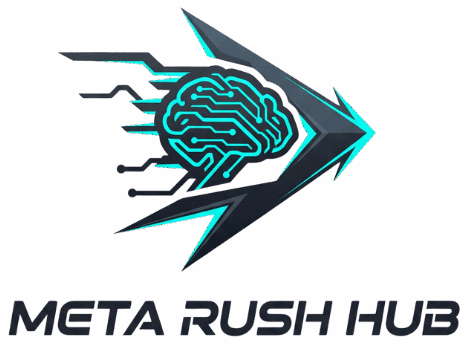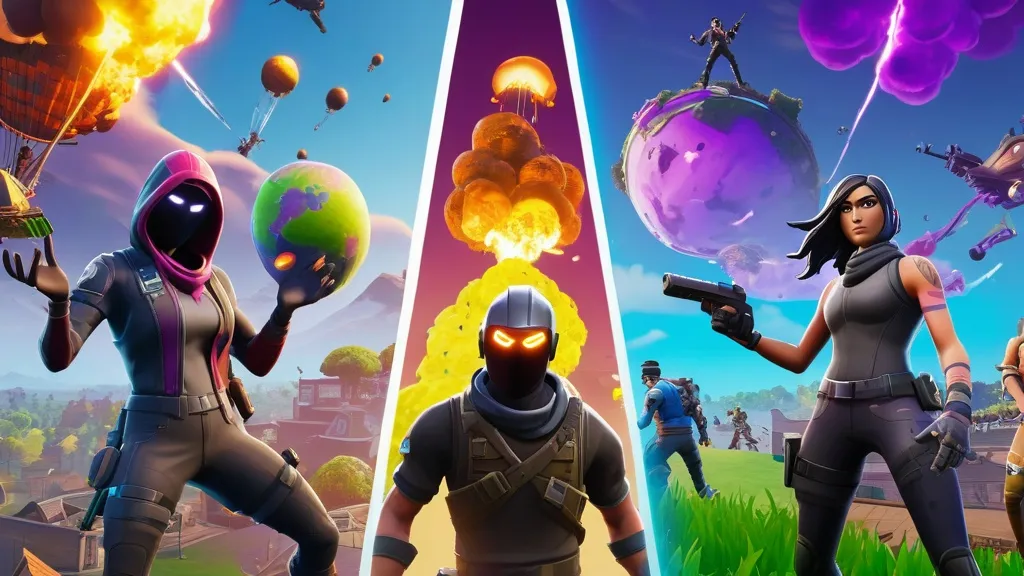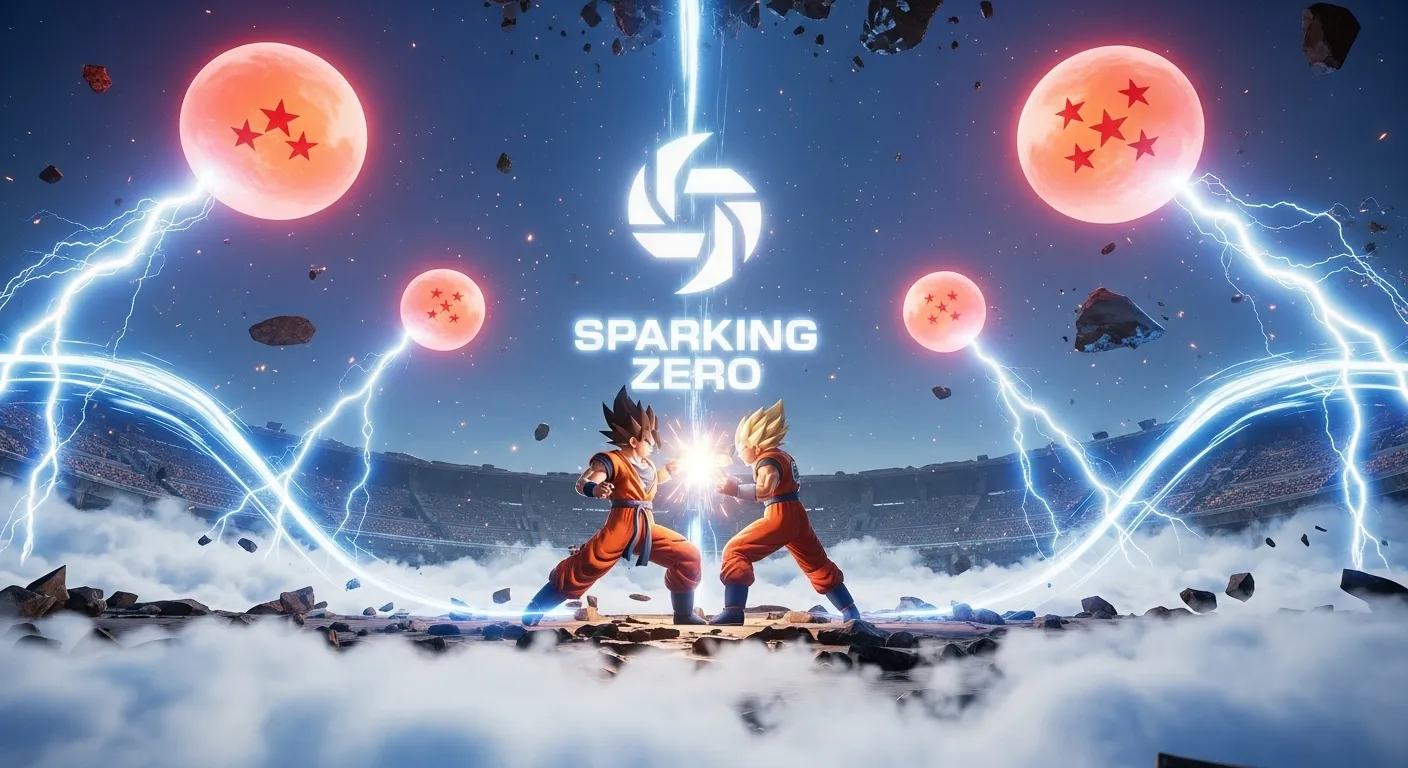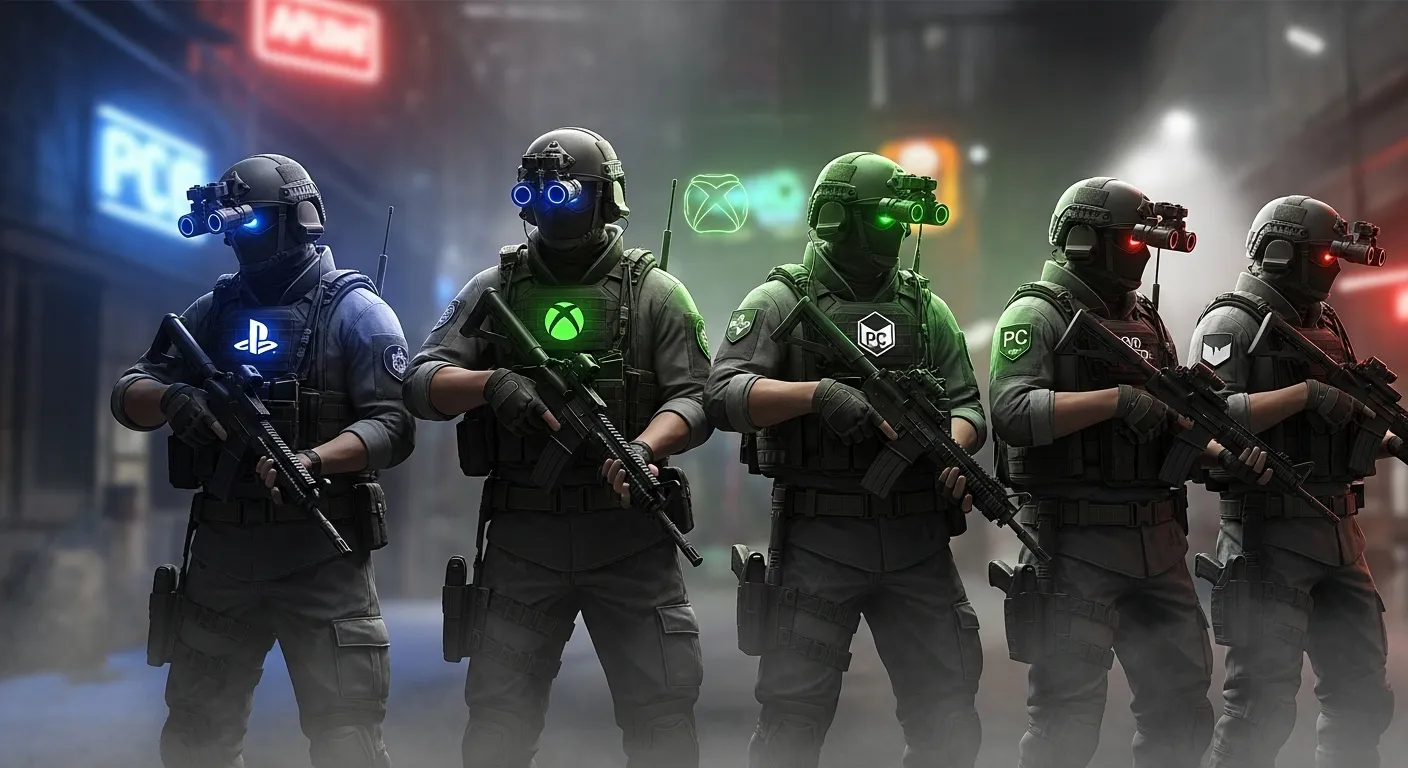As someone who’s covered Epic Games and live-service launches for over a decade, here’s the blunt answer you came for: Fortnite hit Early Access with Save the World on July 25, 2017, and the Battle Royale mode launched free on September 26, 2017. If you’re asking “when did fortnite come out,” that’s it. Two dates. Fortnite release date talk sounds simple, but the split launch (Save the World vs. Battle Royale) created the confusion that still trips people up today.
Fast answers you can screenshot
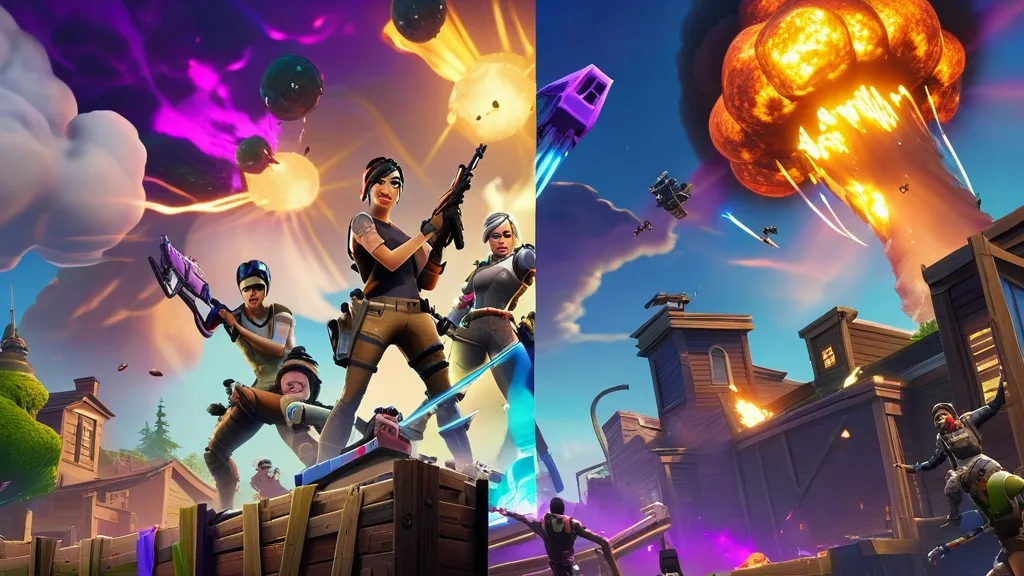
- Save the World Early Access: July 25, 2017 (paid co-op PvE)
- Fortnite Battle Royale release: September 26, 2017 (free-to-play)
- Platforms in 2017: PC, PS4, Xbox One (later came iOS, Android, Switch)
- Chapter 1 started in 2017; Seasons began rolling right after launch
If you want to watch industry buzz mutate in real-time, follow the bigger multiplayer trends that Fortnite kicked off—crossovers, battle passes, and “live events” that crash servers, then trend on TikTok for a month.
Receipts for the curious: the tidy historical overview lives on Wikipedia’s Fortnite page. It lines up with what I saw in press briefings and patch notes back in 2017, down to the “Early Access” label everyone ignored after three days.
What actually launched in 2017?
Short version: two different games under one big neon sign. I remember downloading Save the World first, thinking I’d grind schematics, then BOOM—Battle Royale dropped, and my friends abandoned PvE faster than a bad Tilted drop. That split is why folks still argue the “true” launch.
| Thing | Date | Notes |
|---|---|---|
| Save the World (PvE) Early Access | July 25, 2017 | Paid co-op; base-building, husks, loot llamas |
| Battle Royale (PvP) Free | September 26, 2017 | 100 players, last-one-standing, building meta began |
| Season 1 (BR) | October 2017 | Early item pool; no battle pass yet |
| Season 2 + Battle Pass | December 2017 | Where the grind economy really started |
Why the dates matter (beyond trivia)
I’ve always found that knowing the exact dates helps you decode design choices. Epic added the Battle Pass late 2017 because engagement spiked. They chased what worked. If you study battle royale strategy, you can see how building, rotations, and storm pacing evolved to keep matches snappy and streams entertaining.
Was Fortnite “finished” at launch?
Nope. “Finished” is adorable. The game launched as a live-service sandbox and has been iterated to pieces since. I watched the map morph from cozy Chapter 1 simplicity to The-Map-That-Has-A-Theme-Park-And-A-Black-Hole lore machine. Seasons, patches, and hotfixes became culture.
If you landed in the wrong POI in 2017, you went poof. I learned to pick safer edges using pro landing logic—loot, rotate, third-party at the right time. If you want a modern guide, here’s a solid breakdown of pro landing spots, loot routes, and rotations that mirrors the stuff I scribbled in a notebook back in Season 3. Yes, I had a notebook. Don’t judge me.
The split personality: PvE vs. BR
People forget Save the World existed first. It was a base-defense, trap-laying, perk-grinding time sink. Fun in co-op, sure. But the cultural earthquake was Battle Royale. That’s the one that dragged your cousin, your English teacher, and your dentist into late-night lobbies.
From a design standpoint, Epic played 4D chess. They shipped a workable shooter, then stacked updates like Jenga blocks. If you’re into how teams ship fast and pivot, my inner nerd begs you to peek at game dev insights tied to live-ops, monetization, and content pipelines. It explains the “how” behind those weekly patches.
Platform rollout (and why it felt everywhere at once)
I remember the day the Switch version hit in 2018; my DMs exploded with “Cross-play is real?” Yes. It was a flex. PS4, Xbox One, PC first; then iOS (invite-only at the start), Switch, and Android. Cross-progression made your locker follow you, which was both cool and slightly scary for my wallet.
| Platform | Launch Window | Comment |
|---|---|---|
| PC, PS4, Xbox One | 2017 | Core launch footprint |
| iOS | 2018 (invite, then wider) | Touch controls plus gyro hype |
| Nintendo Switch | June 2018 | Portable builds, questionable Wi‑Fi |
| Android | 2018 | Epic direct installer drama era |
Seasons, Chapters, and that black hole
What I think is brilliant: Fortnite turned patch notes into must-see TV. The end of Chapter 1—the black hole event—was the moment your grandma asked, “Is the game broken?” No, Nana. It’s theater. Later chapters (2, 3, 4, 5) kept the formula: reset, remix, resell. And somehow, it kept working.
Not to be That Person, but the Zero Build mode in 2022 proved the core gunplay could stand on its own. The sweats cried. Casuals feasted. Competitive lines blurred, and the meta branched. If you nerd out over speed-clearing objectives, the speedruns scene around challenges and movement tech is a rabbit hole worth falling into.
Okay, so which date do I quote?
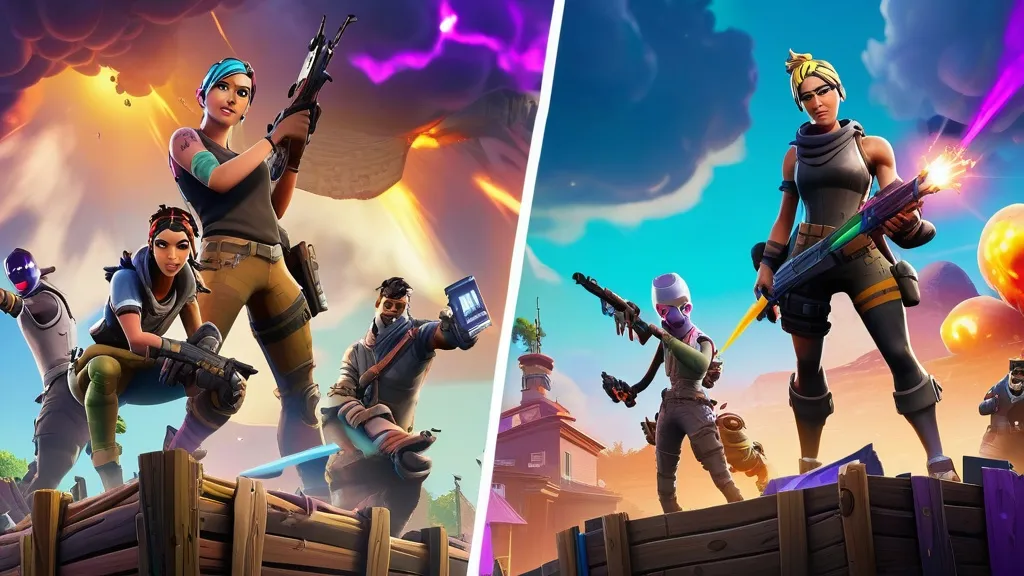
Depends on the context. I tell journalists: September 26, 2017 for Battle Royale, because that’s the cultural flashpoint. If you’re being precise about “Fortnite the product,” mention both dates with Save the World first. That’s how I log it in my notes when I track game histories across genres.
If you want a more formal write-up (you know, without my snark), there’s an accessible explainer at Britannica. Good for citing in school work. Or proving to a friend that Epic didn’t invent the battle royale genre from thin air overnight.
My personal timeline (a chaos sampler)
- July 2017: I build my first ugly fort. Immediately forget where I put my traps.
- Sept 2017: First BR win. Camped in a bush. No regrets.
- Early 2018: Cross-play drama. Everyone’s cousin joins the squad.
- 2019: Black hole event. I literally took the day off and stared at a circle.
- 2022: Zero Build. I exhaled. My fingers thanked me.
But seriously—how did Fortnite take over?
Three levers: speed, spectacle, and social glue. Epic shipped updates fast. They staged wild events. And they made it easy to play with everyone across devices. You do that well for 12 months and you own the space. Do it for 5+ years and you become the space.
If you’re still wondering, “Wait, when did fortnite come out in the sense everyone started caring?” I’d point to late September 2017 through the first big seasonal updates. That’s when Twitch, YouTube, and your school cafeteria synced up like clockwork. The rest is just polish and productization.
And the old Save the World crowd?
They’re still out there. I hop in now and then. It’s like visiting an old neighborhood where everyone still knows the best taco truck. Quieter, but comfy.
For those of you chasing rank and smarter fights today, I’ll nudge you at multiplayer trends again because the genre keeps borrowing from Fortnite’s playbook—events, collabs, cosmetics economies. It’s the blueprint now.
Mini breakdowns you can skim
Which came first?
- Save the World (PvE) came first in July 2017.
- Battle Royale followed in September 2017 and took over.
Why two dates?
- Because it’s two modes with different business models: paid PvE vs. free PvP.
- Media coverage cared most about BR. Players did too.
What changed after launch?
- Seasons introduced new weapons, POIs, and quests.
- Battle Pass turned progression into a predictable grind loop.
- Cross-platform and live events supercharged the player base.
If you came here for the search phrase exactly—yes, I’ve said “when did fortnite come out” twice now. You’ve got the dates, the context, and enough extra to argue confidently in a group chat. Or during lunch. Your call.
If your interest leans tactical—rotations, storm timing, and endgame positioning—the deeper lessons live in battle royale strategy guides. Even veterans like me still pick up new tricks between patches.
If your curiosity is the engineering side—netcode, content pipelines, asset streaming—then the rabbit hole is over at game dev insights. That’s where the “How did they ship weekly?” question actually gets answered.
Also, for anyone comparing different BRs historically, the standalone mode page is helpful: Fortnite Battle Royale (Wikipedia). Clean timeline, easy to cite, fewer jokes than me.
And if you’re a map nerd like I am, keep a living doc of good drops. The meta shifts, but sound rotations are forever. The drop map and loot routes I linked earlier? That’s my current cheat sheet when I’m not hot-dropping for science and losing all my gold.
Anyway, that’s the story. Two launches in 2017. One game became culture. I’m still here, still getting dunked by someone cranking 90s on a toaster laptop, still telling people the dates so we can move on to the interesting parts.
FAQs
-
So, what’s the exact Fortnite launch date I should use?
Use September 26, 2017 for Battle Royale. If you need full context, add July 25, 2017 for Save the World.
-
Did Fortnite start as a battle royale?
No. It started as Save the World, a PvE base-defense game. Battle Royale came two months later and stole the spotlight.
-
Which platforms had Fortnite first?
PC, PS4, and Xbox One in 2017. Then iOS, Switch, and Android rolled out in 2018.
-
Why do people say “Early Access” if it was huge?
Because it literally was Early Access at the start. Live-service games iterate in public. The label didn’t slow anyone down.
-
Is Save the World dead?
Not dead—just quieter. The core community still runs missions. Battle Royale gets the headlines.

James Carter: Your competitive edge. I cover Patch Notes, Speedruns, Battle Royale Strategy, Multiplayer Trends, and Game Dev Insights. Let’s get into it!
